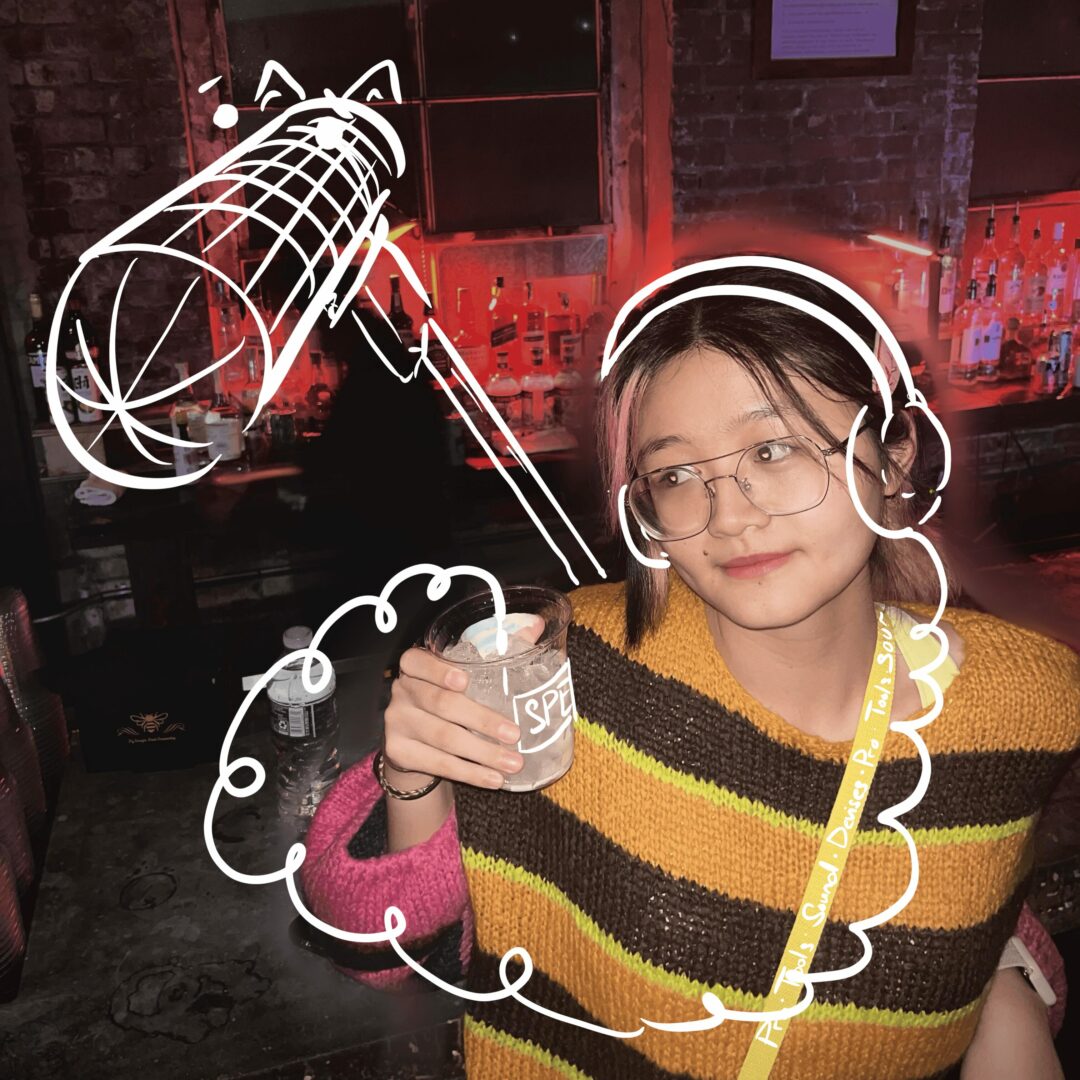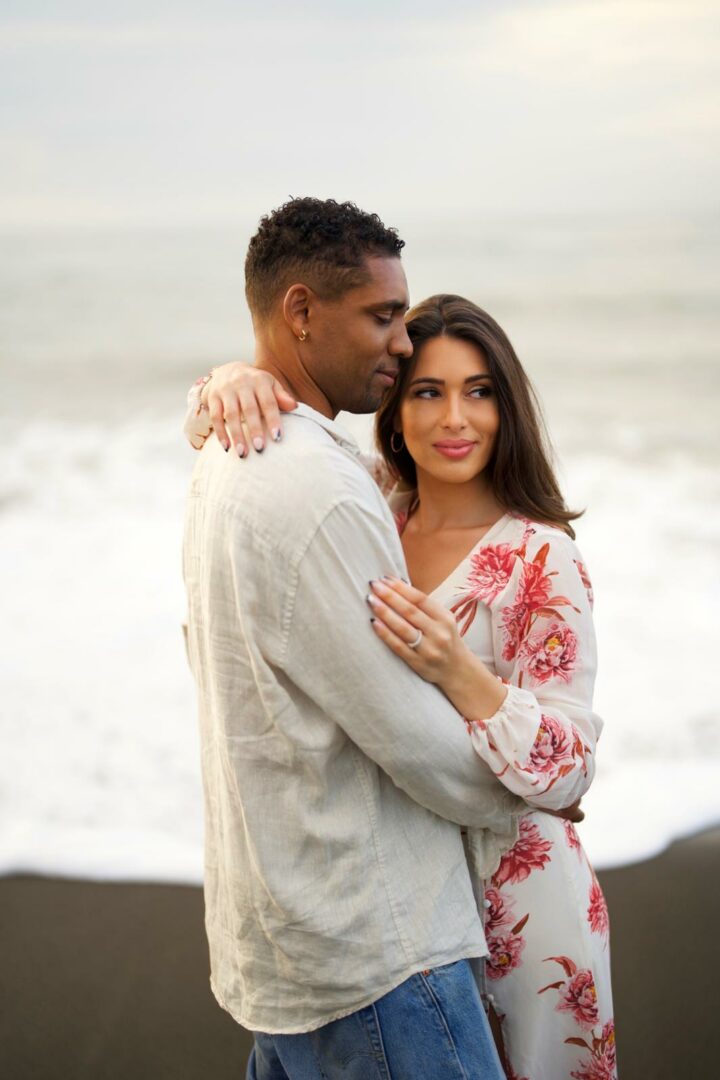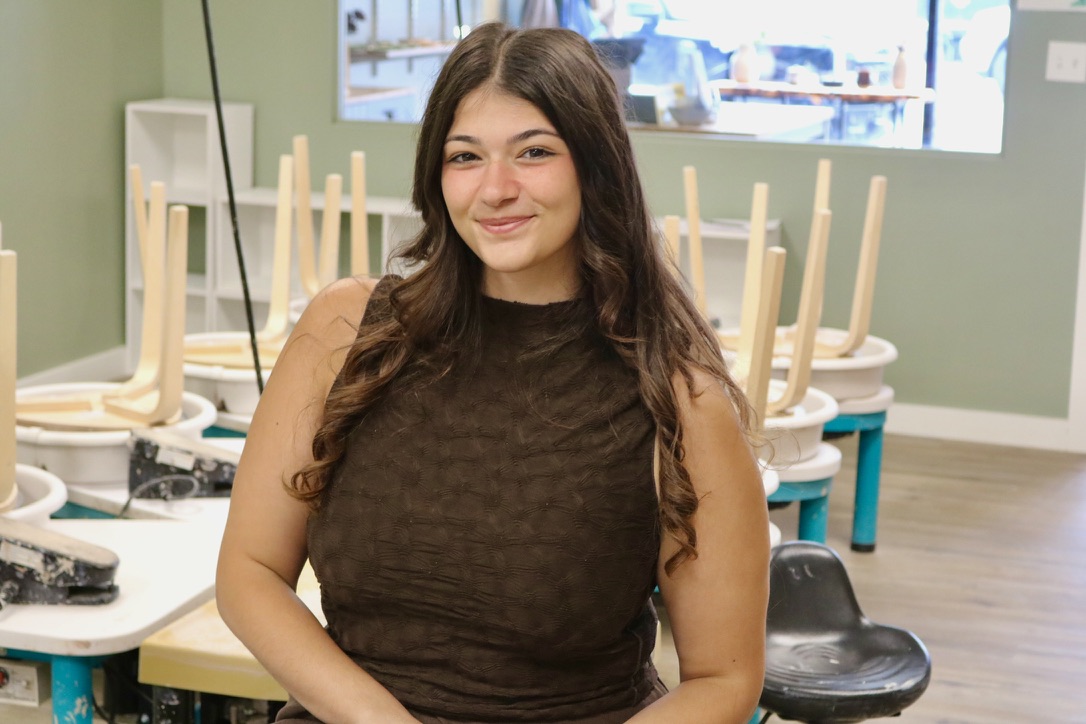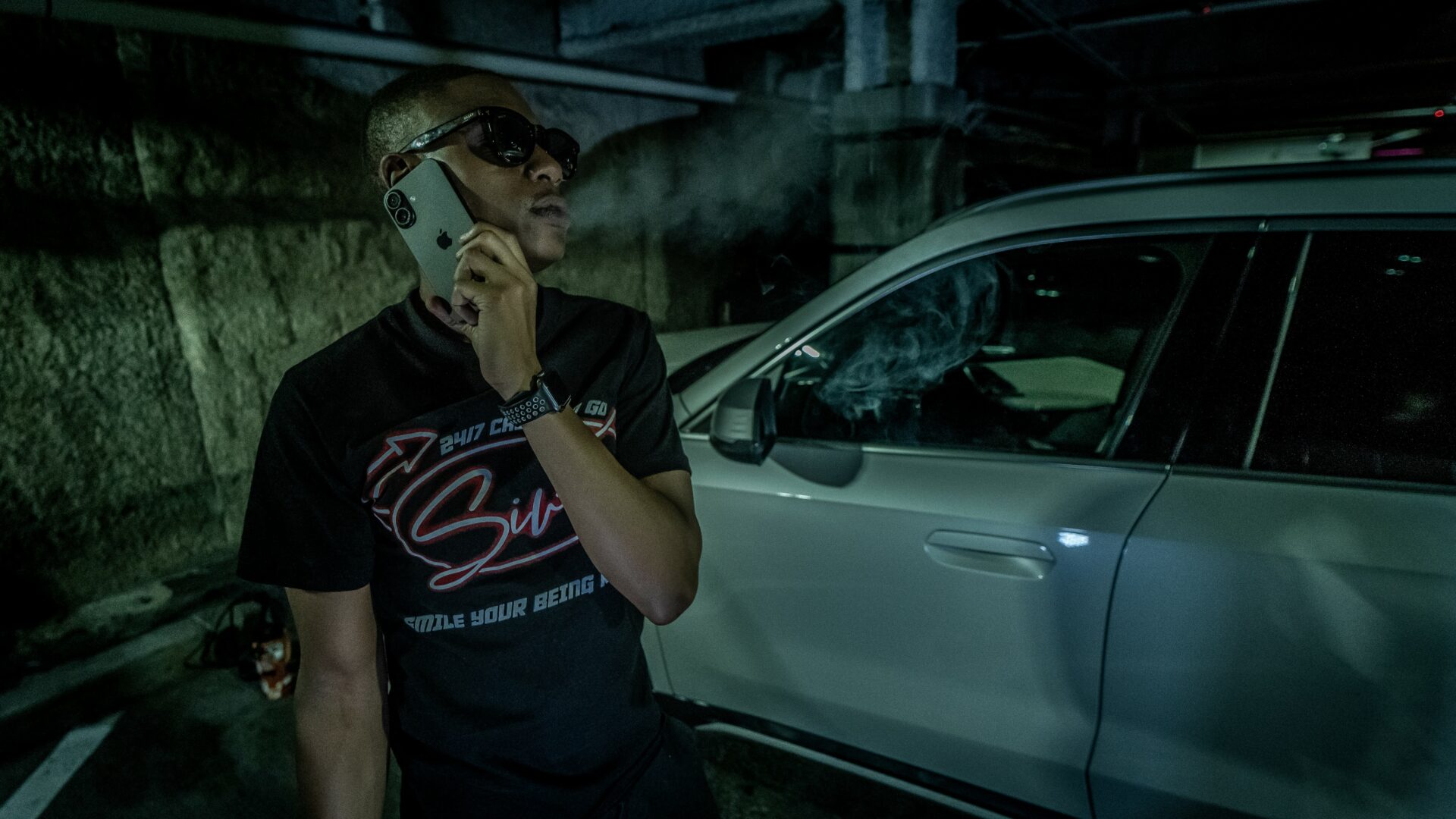We were lucky to catch up with Eurus F. Meng recently and have shared our conversation below.
Hi Eurus F., thanks for sitting with us today to chat about topics that are relevant to so many. One of those topics is communication skills, because we live in an age where our ability to communicate effectively can be like a superpower. Can you share how you developed your ability to communicate well?
Understanding others’ levels of knowledge about my work, providing explanations when needed, and learning from their perspectives.
As a sound designer and mixer, many directors initially don’t understand our work process, as most student or newly graduated directors only realize the importance of sound later in their careers. This lack of awareness often leads to confusion and decisions that aren’t particularly helpful.
To address this, I made an effort to learn editing software like Avid, DaVinci Resolve, and Premiere. This allows me to communicate better when transferring deliverables and to think from the perspectives of both directors and editors. By doing so, I can explain each step of my process more clearly and help directors and editors understand why I make certain requests.
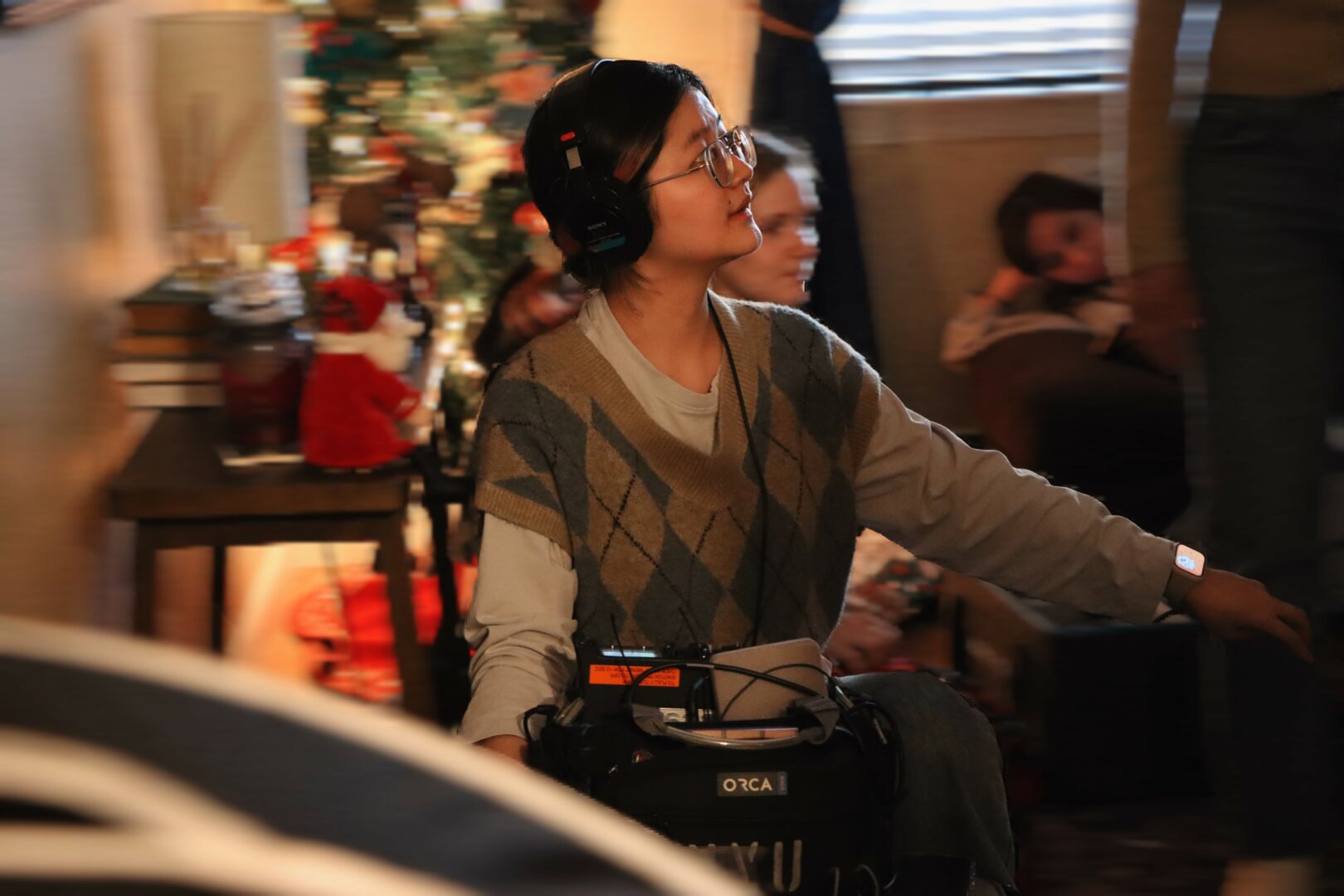
Thanks for sharing that. So, before we get any further into our conversation, can you tell our readers a bit about yourself and what you’re working on?
I am a sound designer and re-recording mixer. My job is to make a film’s sound more immersive and impactful. I edit dialogue, create Foley, add background sounds and sound effects, and, in the mixing stage, balance the volume, placement, and texture of all audio elements. Every sound you hear in a film plays a crucial role, and sound designers and re-recording mixers are an essential part of that process.
When people think of movies, they often focus on the visuals—after all, the phrase is “lights, camera, action,” with no mention of sound. But I believe sound makes up half of the cinematic experience.
One of the fascinating things about sound design is that audiences rarely realize how certain sounds are created. The magic lies in the fact that many sounds don’t actually resemble themselves when recorded through a microphone. To achieve realism and creativity, we often replace them with something else. For example, we might rub fabric against a microphone windscreen to mimic balloons colliding, use suede to simulate the sound of kneading dough, or blend animal calls and processed metal clanks to enhance a film’s atmosphere.
Sound is truly vital to filmmaking. Great sound design can elevate an average film, while poor sound can take away from even the most well-crafted stories.
Looking back, what do you think were the three qualities, skills, or areas of knowledge that were most impactful in your journey? What advice do you have for folks who are early in their journey in terms of how they can best develop or improve on these?
Listen—Observe the Sounds of the World
Instead of assuming how an environment should sound, truly listen to the world around you. Pay attention to the subtle details—the way footsteps sound on different surfaces, how voices change in various spaces, or how wind interacts with objects. Sounds are often more complex than we imagine, and training your ears to notice these nuances will improve your ability to recreate or enhance them in your work. A great sound designer doesn’t just hear; they **analyze, question, and reinterpret** sounds to create a more immersive and authentic experience.
Attention to Detail
Sound design is all about the small details—whether it’s cleaning up dialogue, choosing the right Foley sound, or balancing layers in a mix. A subtle background sound can enhance a scene’s realism, while a poorly mixed dialogue track can break immersion. To develop this skill, I recommend active listening—analyzing films, paying attention to everyday sounds, and experimenting with how small adjustments can change the emotional impact of a scene.
Communication & Collaboration
Filmmaking is a team effort, and sound is often one of the least understood aspects of the process. Being able to clearly communicate with directors, editors, and other team members is crucial. I’ve found that learning editing software (like Avid, DaVinci Resolve, and Premiere) helps me bridge the gap between sound and picture teams. For those starting out, I’d suggest practicing how to explain technical concepts in simple terms and learning how other departments work to improve collaboration.
How can folks who want to work with you connect?
I’m always open to collaborating with creative professionals who are passionate about storytelling through sound. I’m particularly interested in working with directors, editors, and fellow sound designers who value the impact of sound in film and want to create immersive, emotionally compelling audio experiences.
I enjoy collaborating on narrative films, documentaries, and experimental projects, and I’m always excited to work with teams that are open to exploring innovative sound design techniques.
Contact Info:
- Instagram: @imeurooos
- Linkedin: https://www.linkedin.com/feed/
so if you or someone you know deserves recognition please let us know here.

